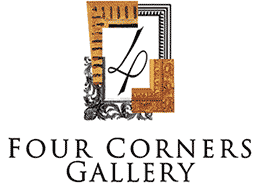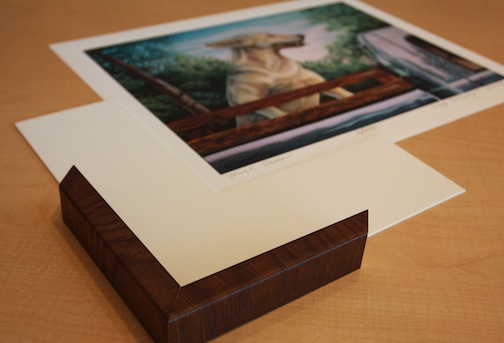Environmentally Friendly Sustainable Framing
Frame properly the first time. Increase longevity by utilizing uv-filtered glass/plexi, acid-free backing and mat boards and archival mounting methods.
Reframe using original framing components. Reuse art, backing, mat board, glass/acrylic and frame when possible.
Specify mouldings made of salvaged materials. Reclaimed woods from flooring and cabinetry and recycled metals from ceiling and siding offer an industrial look while also benefiting the environment.
Frame with antique frames. Antique frames offer character that may be potentially desirable. They can also be restored and refinished to look new.
Select mouldings made with easily renewable resources like bamboo. Bamboo is the fastest growing plant and doesn’t require replanting, fertilizers or insecticides.
Choose mouldings made by companies that practice forest stewardship and reforestation. Some manufacturers reuse and/or recycle excesses. Wood shavings are sent to animal farms for bedding. Larger pieces are sent to paper mills and steam-generating power plants to produce electricity and heat.
Specify mouldings with water-based stains. Unfortunately most finishes are achieved with the use of oils or chemical solvents. However, progress is being made with greater demand for environmentally friendly products.
Select mouldings made by manufacturers that use recycled packing materials. Look to companies that insist on recycled and/or biodegradable packing materials.
Choose mouldings that are regionally available. Decrease your energy consumption by selecting from manufacturers that have a regionally located distribution center.



